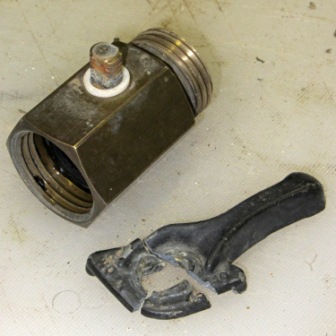Doing Damage During an Inspection: It's Your Job
If this has ever happened to you, and your first instinct is to calculate a discount on your service fees while offering profuse apologies, it’s time you reframed the situation. Your client shouldn’t be upset with you; they should be thanking you!

According to InterNACHI’s Home Inspection Standards of Practice (and any other state-mandated standards you’re required to follow), you’re performing a non-invasive, visual examination of the home’s systems and components that is designed to identify defects. When you perform any type of testing to verify functionality, you’re using normal operating controls under normal conditions, and assuming regular maintenance.
So, when the photo-electric eyes on the garage door become stuck in the “on” position and the door or motorized components overheat, become disabled, or simply break, you’ve just identified a major defect and serious safety hazard. If the GFCI receptacle tripped and won't reset, you have found a defect. If the bottom sash of a window falls out of its frame after you opened it, you've found a defect. Your client should be grateful that it was a trained inspector who discovered the defects, rather than themselves experiencing major problems and safety hazards with their house.
Likewise, although roofs aren’t made to be regularly walked on the way stairs and sidewalks are, they’re constructed to support multiple roof layers, as well as snow loads, and even workers repairing or replacing them. So, if you manage to put your foot through the roof, you’ve discovered a severely weakened area that was likely going to give the next time heavy weather hits, or when Dad tries to install a satellite dish, clean the gutters, or mount a lighted holiday display. You haven’t caused damage; you’ve actually spared your client from disaster.
Download your free copy of SLEEP WELL: A Home Inspector’s Guide to Managing Risk.
Download your free copy of STACKS: A Home Inspector’s Guide to Increasing Gross Revenue.
Download your free copy of SLEEP WELL: A Home Inspector’s Guide to Managing Risk.
BizVelop: Free Business Development Tool for Home Inspectors

